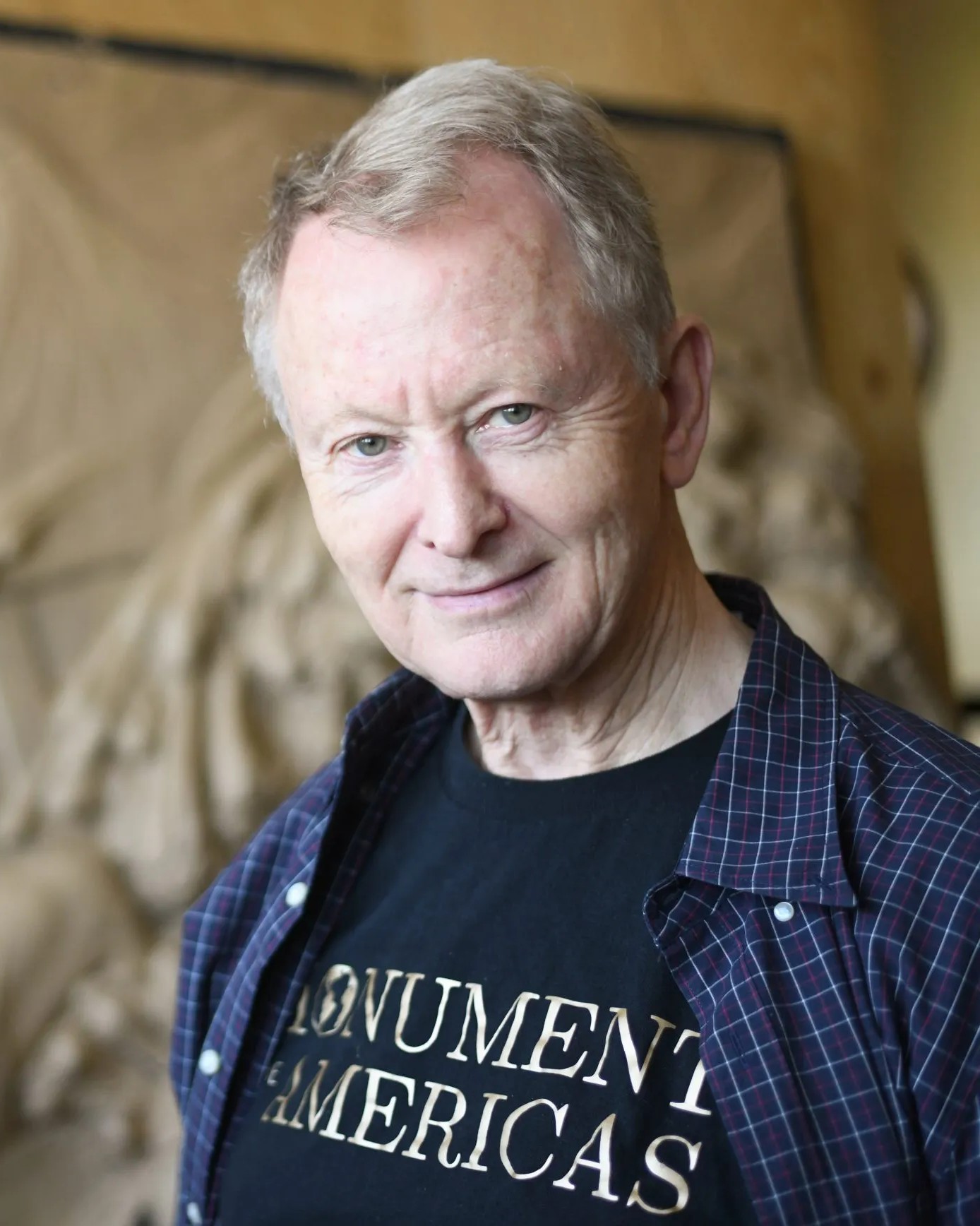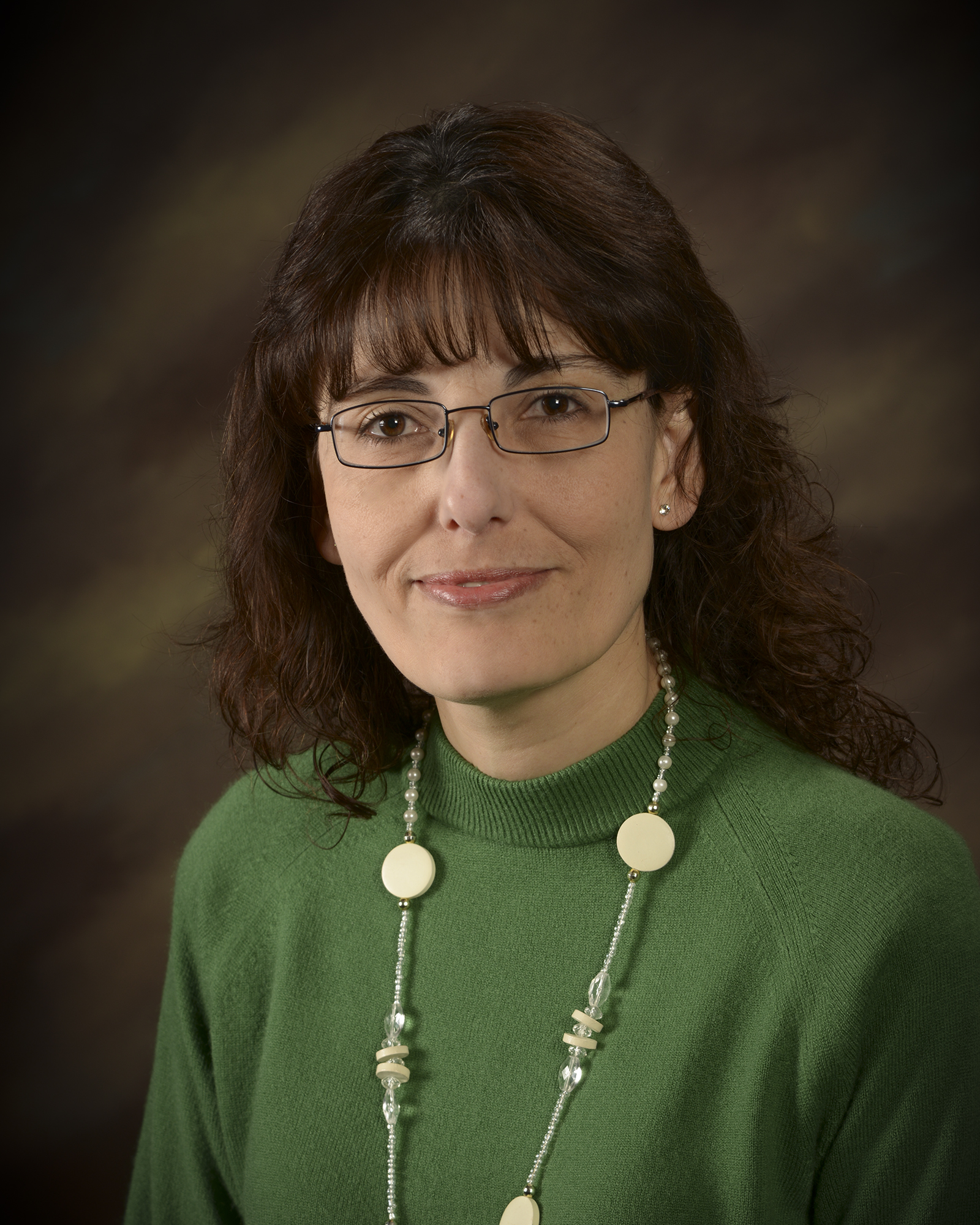May Lundy's Journey from Burnout to Divine Partnership

In a world where burnout has become increasingly common, especially among high-achievers, the story of May Lundy offers a refreshing spiritual perspective on finding balance through faith. May's journey from relentless perfectionism to a grace-centered approach to discipleship illustrates how intentional faith can transform our understanding of both success and struggle.
Born in Mexico to educator parents, May grew up surrounded by gospel teachings. Her grandmother opened the door to missionaries and was baptized within a week after recognizing the truth of the restored gospel. This legacy of faith continued through May's parents, who met at a church dance and raised their children with an intentional focus on developing personal testimonies rather than simply following tradition. Currently living in Utah with her husband and two children, May combines her Mexican heritage with her faith in a way that enriches both aspects of her identity.
The Power of Intentional Faith
Growing up as the daughter of a stake president who worked for the church educational system, May was surrounded by gospel materials from an early age. Her father was determined that his children would develop their own relationship with the Savior rather than simply following his lead. He gathered the family together and asked each member to vote on whether they wanted to make Christ the center of their lives. This moment of intentional choice made a lasting impression on May, who was just ten years old at the time.
Throughout her youth, May faced questions from peers who assumed she was only attending church because her parents made her. Her father's emphasis on developing a personal testimony became increasingly important as she navigated these challenges. Rather than receiving a single dramatic spiritual manifestation, May describes her testimony as developing through a collection of rays of light—small, consistent experiences that gradually built her conviction.
This intentional approach to faith became the foundation for May's spiritual journey into adulthood. She sought out opportunities to deepen her understanding, especially during her time at BYU-Idaho, where a Book of Mormon class focused specifically on developing a relationship with the Savior. May describes this period as crucial in propelling her desire for deeper spiritual experiences that would continue to strengthen her foundation of faith.
When Perfectionism Leads to Burnout
After completing college education twice—first in Mexico and then again in the United States when her credits didn't transfer—May had developed a pattern of relentless work and perfectionism. She described herself as overzealous, with an intention often driven by over-anxiousness and perfectionism. This approach eventually led to complete burnout during her time working at Deseret Digital Media.
The physical and emotional toll became impossible to ignore. May experienced exhaustion, lack of concentration, dizziness, and overwhelming anxiety. She found herself in the painful position of needing to step away from work she deeply valued—creating content for families. The decision to quit was emotionally devastating, leaving her in tears as she left the office building. The subsequent period of forced rest brought its own challenges, as May struggled with the sudden absence of the constant activity that had defined her life.
In this dark moment, lying on her carpet overwhelmed by anxiety, May experienced a spiritual breakthrough. After pleading with Heavenly Father to take away her sickness so she could return to her former self, she paused long enough to quiet her racing mind and heard three simple words: My grace is sufficient. This moment began a fundamental shift in May's understanding of grace and her relationship with the Savior.
Redefining Grace Through Partnership
May had previously understood grace as something that only came at the end of our efforts—like running a marathon on our own strength until the very end when we can no longer continue, and only then does the Savior step in. Her experience with burnout revealed a more intimate reality: the Savior walks with us from the very first step of our journey, not just waiting at the finish line.
This new perspective transformed how May viewed her challenges. She came to understand what it truly meant to be yoked to the Savior—to walk hand in hand with Him through every trial. Rather than seeing hardship as something to endure until reaching relief, she recognized the presence of joy within the struggle itself. May found that there can be joy even in the nights spent crying, in the uncertainty of waiting for answers, and in the process of learning through difficulty.
This journey also helped May better understand the concepts from Elder Bednar's teachings about faith—how we take steps into the darkness, and the light appears just enough for us to take the next step. The process of learning to walk with the Lord, rather than running ahead on her own strength, taught May what it means to have a true relationship with the Savior. She realized that sometimes the Lord guides us directly, and other times He invites us to use our agency while still walking beside us.
Creating a Christ-Centered Home
May's experience with burnout and her subsequent spiritual journey have shaped her approach to family life. She applies the principle of intentionality to creating a home centered on Christ, recognizing that the temple continually reminds her that everything the Lord does is for families.
Her practical approach to building faith in her children reflects both flexibility and purpose. Here are some of the ways May creates an intentional spiritual environment for her family:
● Tailoring spiritual teaching to individual learning styles—visual approaches for her son and musical methods for her younger daughter
● Creating special packets for new Come Follow Me study years to make learning exciting
● Taking car drives to the temple while discussing gospel topics when sitting still for study isn't working
● Establishing family traditions around religious holidays, including a renewed emphasis on Easter
● Maintaining her own scripture study time to model personal spiritual growth
Throughout all these approaches, May maintains a commitment to first nurturing her own spiritual connection, saying she loves having personal time in the scriptures to know what the Lord has to say to her directly. This allows her to then supplement with insights from others, including conference talks and religious educators.
Walking Hand-in-Hand with the Savior
During her time at Deseret Digital Media, May worked closely with Clark Gilbert (now Elder Gilbert), whose leadership approach emphasized balancing achievement with joy. In performance reviews, he would acknowledge her excellent work but encourage her to enjoy the journey—advice that took on deeper meaning as she navigated her recovery from burnout.
Gilbert's teachings about focusing on direction rather than speed particularly resonated with May's evolving perspective. She recalls him discussing the parable of the slope—now famously shared in General Conference—about how our starting circumstances vary, but what matters most is the direction we're heading. This concept helped May understand that becoming more in Christ matters more than our origin point or how quickly we progress.
When asked why she believes, May's answer circles back to the intentionality that has characterized her entire faith journey. She believes because she desires to believe, acknowledging that faith has a short shelf life and requires continual nurturing. Though questions remain part of her path, she has learned not to let what she doesn't yet know overshadow what she does know. This balanced approach allows her to maintain faith amid challenges, standing on the foundation of personal spiritual experiences that have repeatedly confirmed God's presence in her life.
Embracing Your Own Journey of Intentional Faith
May Lundy's story reminds us that genuine spiritual growth comes not from perfect performance but from intentional partnership with the Savior. Her journey invites us to reconsider our own approach to faith, especially in how we handle challenges and burnout.
If you find yourself pushing beyond your limits or measuring your worth by achievements, consider May's realization that grace accompanies us from the first step of our journey. The Savior doesn't simply wait at the finish line to carry us the last few steps—He walks beside us through every valley and mountain, offering strength and companionship rather than just rescue.
Creating an intentional faith requires making conscious choices about our spiritual priorities. Like May's father gathering the family to vote on centering their lives on Christ, we too can make explicit commitments to put our relationship with the Savior at the heart of our decisions. This intentionality extends to how we create spiritual environments in our homes, workplaces, and communities.
As you reflect on May's experience, consider where in your life you might benefit from more partnership with the Savior and less self-reliance. Remember that surrender isn't weakness but the doorway to discovering a more sustainable and joy-filled spiritual journey—one where we find meaning not just beyond our trials, but within them. By choosing to walk hand-in-hand with the Savior, we discover not just the strength to endure, but the capacity to find joy along the way.
Thank you for listening to this week’s episode of Why We Believe. If you are interested in more like this, you can check out our other blog posts and episodes here.
EndFragmentRelated Blog
Related Blog
Subscribe to our newsletter and receive new episodes sent straight to your inbox.







Comments